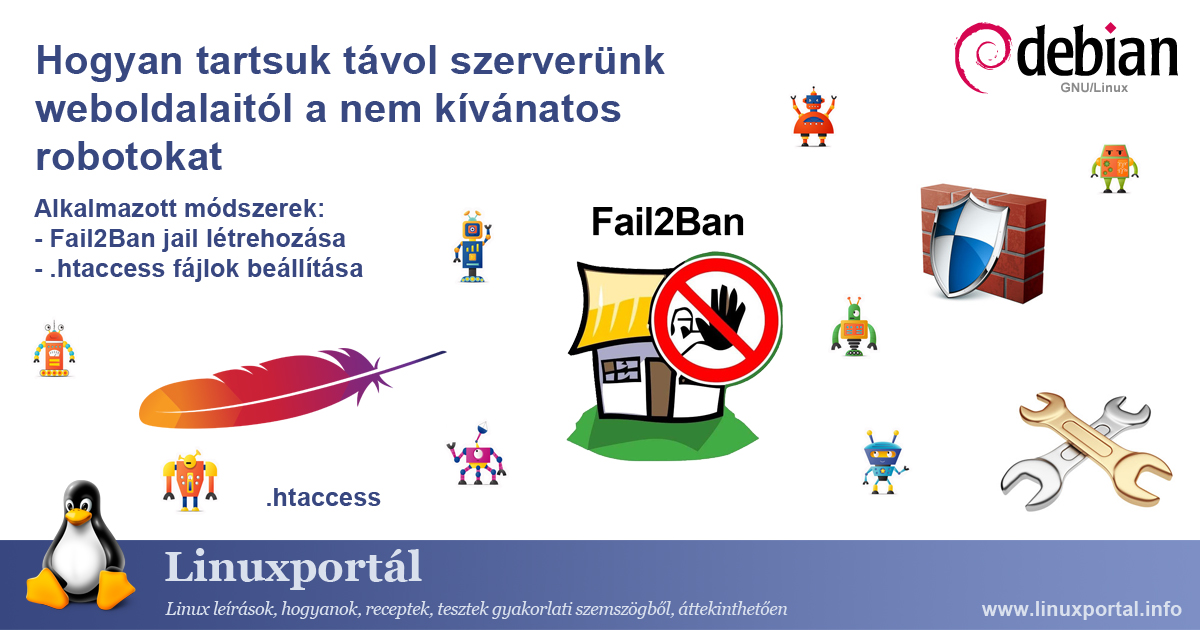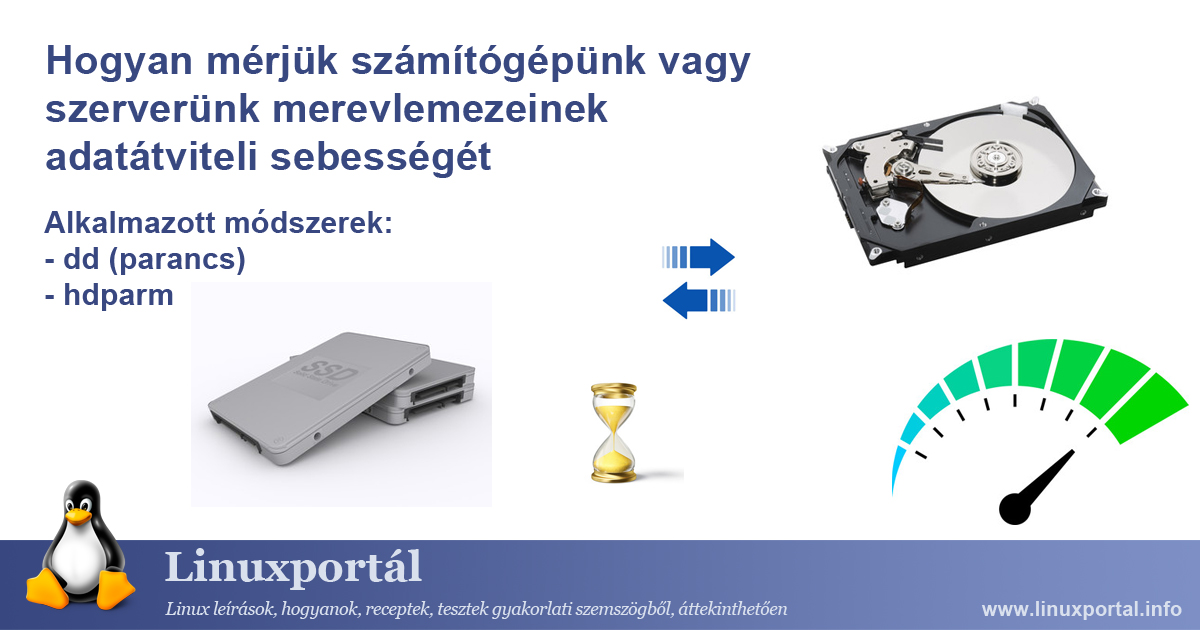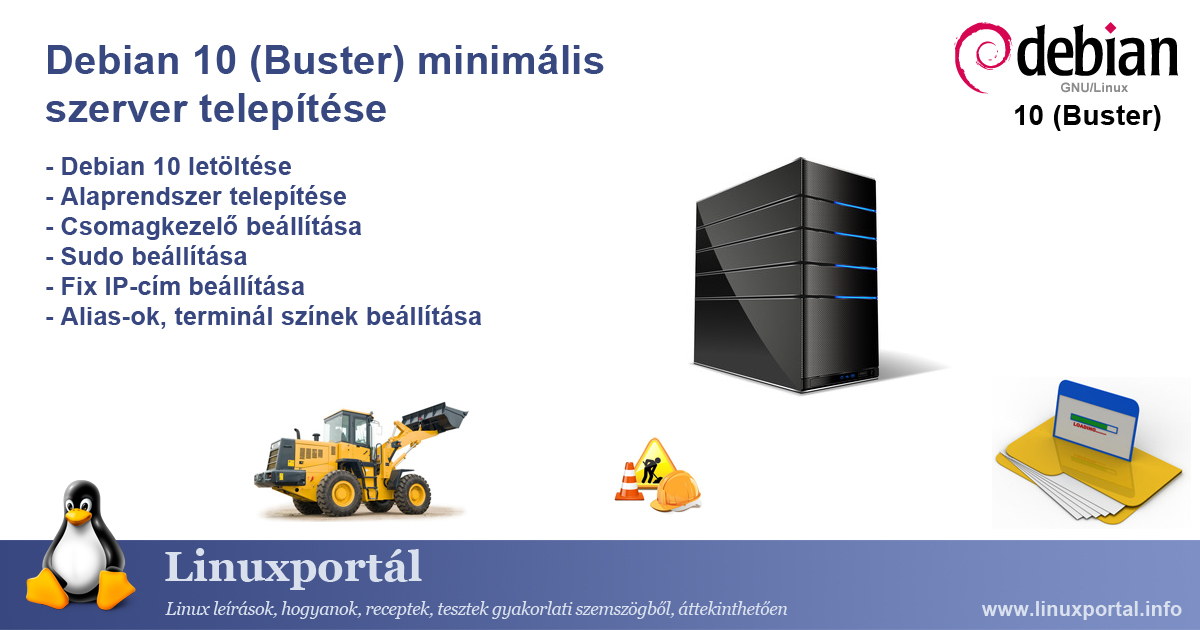November 2019
Installing Debian 10 (Buster) LAMP Server v1.0 (page 3)
With the help of LAMP systems, we can run dynamic web pages on our server or even on our home computer. In this description, we create a LAMP server for Debian 10 (Buster) with the following components: MariaDB 10.3.18, Apache 2.4.38, PHP 7.3 and phpMyAdmin 4.9.1. On this page, we will create a separate PHP-FPM pool for phpMyAdmin in which we will run the web database management interface.
Installing Debian 10 (Buster) LAMP Server v1.0 (page 2)
With the help of LAMP systems, we can run dynamic websites on our server or even on our home computer. In this description, we create a LAMP server for Debian 10 (Buster) with the following components: MariaDB 10.3.18, Apache 2.4.38, PHP 7.3 and phpMyAdmin 4.9.1. On this page, we install and configure the phpMyAdmin web database management interface, which is done in a unique way because the Debian 10 repository does not include this software by default.
Installing Debian 10 (Buster) LAMP Server v1.0
With the help of LAMP systems, we can run dynamic web pages on our server or even on our home computer. In this description, we create a LAMP server for Debian 10 (Buster) with the following components: MariaDB 10.3.18, Apache 2.4.38, PHP 7.3 and phpMyAdmin 4.9.1. On this page we install the Apache, MariaDB and PHP components.
How to measure the data rate of hard drives on your computer or server
An important consideration when building a home computer or server is the data transfer rate of the machine's hard drives. If the speed of the drives in the machine is slow, it will severely degrade overall performance, even if the processor and / or RAM represent a stronger category. It is possible to measure this with all operating systems, it is not different with Linux systems. In this description, we test the speed of our HDD in several ways to get a more comprehensive picture of the status of our devices.
Installing Debian 10 (Buster) Minimum Server (page 2)
In this tutorial we will install a minimum Debian 10 (Buster) server, which consists of the Debian 10 base system and some basic configuration. This installation will be the basis for later LAMP and perfect server tutorials. On this page, we complete the remaining steps of the installer and make the following settings: Upgrade APT, sudo, fixed IP address and nano configuration.
Install Debian 10 (Buster) Minimum Server
In this tutorial we will install a minimum Debian 10 (Buster) server, which consists of the Debian 10 base system and some basic configuration. This installation will be the basis for later LAMP and perfect server tutorials. On this page, we download the Debian 9 (Stretch) installation package and follow the steps of the installation program.








